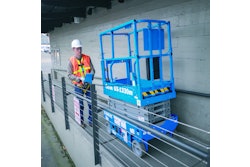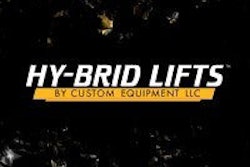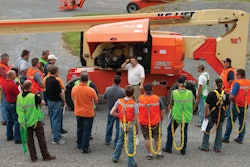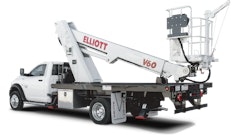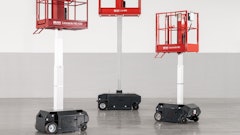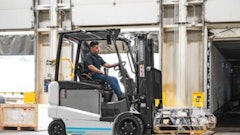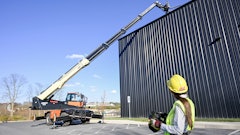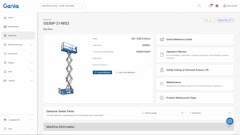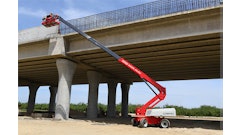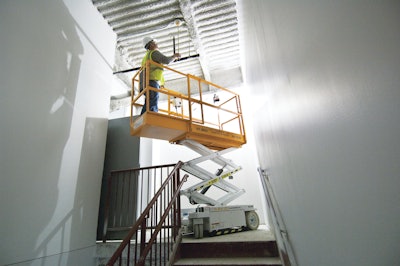
People are often tempted to make due with available tools and risk bodily injury for the sake of saving time and energy. This temptation applies to nearly all tools and equipment, including those designed to provide access to elevated work heights.
Low-level access lifts have many features that raise the level of safety on jobsites and prove that the more traditional options are just not up to par.
Hand over hand
Ladders are often an attractive option on a jobsite but they come with some inherent safety concerns.
Low-level lifts address potential pitfalls of ladders by offering working heights as high as 20 feet, and they can reach the exact height that offers the greatest productivity. They are ready to use when they arrive on site, meaning less setup time is needed to ensure a safe ascent.
If the workload of a ladder is exceeded, it could lead to severe injury. With a low-level lift the worker can load materials onto a lift and move from place to place on the jobsite. Some of the lifts are even equipped with overload sensors that alert the user or limit the lift height if there is excess weight on the machine.
If you are working on a ladder, being productive and safe can become a juggling act. The simple controls of a low-level lift eliminates fatigue and reduces the hassle of moving a ladder to a new location. A step-in height as low as 20.28 inches also allows workers to relocate without the hassles of dis-assembly and re-assembly.
Alternative to scaffolding
When project managers deem a task too impractical or dangerous for a ladder, they might opt for a scaffolding system. Scaffolds can provide variable working heights and larger elevated platforms, where ladders cannot. Still, they create some of the same safety challenges.
Unlike scaffolding, low-level scissor lifts come assembled and can be pushed, or in some cases driven, onto hard, level surfaces. Most units are small enough to fit through doorways and into elevators, which eliminates the need to carry scaffolding frames up or down multiple flights of stairs.
Lifts also offer a fully encircled work platform with 38- to 42-inch-tall railings and toeboards. For added fall protection, some low-level-access lifts come with lanyard tie-offs.
Elevated decision making
The International Powered Access Federation recommends that a complete jobsite assessment be completed before a project begins. It should address factors such as how people will gain access to the project, its scope and size, and the working environment overall. Only after they’ve completed the assessment should contractors and project managers select the right tools and equipment for the job.
When lifts are part of that tool and equipment mix, remember to inspect them daily and before each use. It’s also important to have a qualified aerial lift professional perform required annual inspections to address any mechanical issues that might arise through normal wear and tear.
By using low-level access lifts rather than ladders and scaffolds, contractors and project managers can continue making gains in both safety and productivity.




